 Fred's ImageMagick Scripts
Fred's ImageMagick Scripts
Copyright © Fred Weinhaus My scripts are available free of charge for non-commercial (non-profit) use, ONLY. For use of my scripts in commercial (for-profit) environments or non-free applications, please contact me (Fred Weinhaus) for licensing arrangements. My email address is fmw at alink dot net. If you: 1) redistribute, 2) incorporate any of these scripts into other free applications or 3) reprogram them in another scripting language, then you must contact me for permission, especially if the result might be used in a commercial or for-profit environment. Usage, whether stated or not in the script, is restricted to the above licensing arrangements. It is also subject, in a subordinate manner, to the ImageMagick license, which can be found at: http://www.imagemagick.org/script/license.php Please read the Pointers For Use on my home page to properly install and customize my scripts. |
|
Modifies one image to try to match its histogram and optionally saturation to that of another image. |
last modified: December 15, 2018
|
USAGE: histmatch [-c colormode] [-L] infile1 infile2 outfile
-c .... colormode ..... colorspace/channel to use to compute the image PURPOSE: To modify one image to try to match its histogram and optionally saturation to that of another image. DESCRIPTION: HISTMATCH modifies one image to try to match its histogram and optionally saturation to that of another image. The second image will be modified to match the first image. Saturation changes only apply to color images, not grayscale ones. The choice of colormode determines what colorspace or channel will be used to compute the histograms of the two images. A non-linear transformation is then computed from the cumulative histograms of the two images. This non-linear transformation is then applied to each channel of the second image using -clut to generate the output. If colormode=rgb,then each channel will be processed independently. IMPORTANT: This histogram transformation can only do so much. Once information is lost, it generally cannot be adequately recovered. This would be the case, for example, if the second image has too narrow a histogram, such from too little contrast or mostly one color. The histogram can be spread out to increase the dynamic range, but any one bin cannot be broken into multiple bins. Likewise, if the second image has too high a contrast, the histogram will be very wide and much of the data will be contained in the very high and very low bins and little data in the middle bins. Again any one bin cannot be broken into multiple bins, but small bins can be combined. ARGUMENTS: -c colormode ... COLORMODE is the colorspace/channel to use to compute the histograms of the two images. The choices are: gray, intensity, luminance, lightness, brightness, average, and rgb. Values of gray and intensity are equivalent. If colormode=rgb, then each channel of the image will be processed independently. The default is gray.
Gray or Intensity uses statistics from -colorspace Gray. Note: generally there are only slight differences between the various non-rgb colormode results. Colormode=rgb can cause color balance shifts. and odd colors may creep in. -L ... Save the lookup table image. If saved, it will be named histmatch_lut.png REQUIRES: IM version 6.4.5-1 or higher if modifying saturation due to the use of -set option:modulate:colorspace. Otherwise, requires IM version 6.3.9-2 due to the use of -format "%[colorspace]". Also, requires NetPBM PGM. See http://netpbm.sourceforge.net/ NOTE: Thanks to Anthony Thyssen for the suggested changes from shell calculations for the histograms to the use of AWK. This has produced a 10x performance speed up. CAVEAT: No guarantee that this script will work on all platforms, nor that trapping of inconsistent parameters is complete and foolproof. Use At Your Own Risk. |
|
Attempt To Increase Brightness And Contrast On Dark And Low Contrast Image |
|
|
Reference Image (infile1) |
Dark, Low Contrast Image (infile2) |
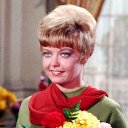
|
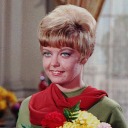
|
|
Arguments: |
Arguments: |
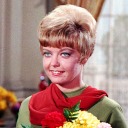
|
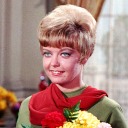
|
|
Attempt To Decrease Brightness And Contrast On Bright And High Contrast Image |
|
|
Reference Image (infile1) |
Dark, Low Contrast Image (infile2) |

|
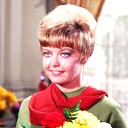
|
|
Arguments: |
Arguments: |
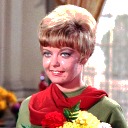
|
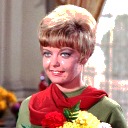
|
|
Attempt To Match One Image's Colorization To Another Image |
|
|
Reference Image (infile1) |
Image To Change (infile2) |
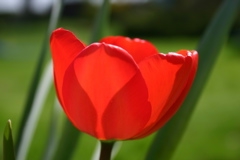
|

|
|
Arguments: |
|
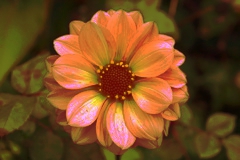
|
|
|
Attempt To Match One Image's Colorization To Another Image |
|
|
Reference Image (infile1) |
Image To Change (infile2) |
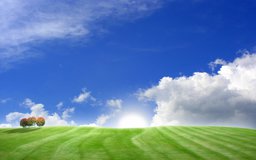
|
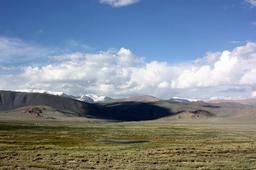
|
|
Arguments: |
|
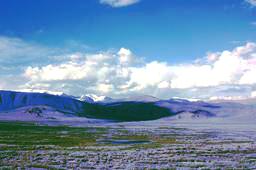
|
|
|
What the script does is as follows:
This is equivalent to the following IM commands for the gray colormode
|